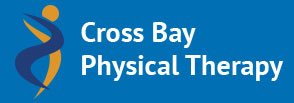What is Physical Therapy?
Physical therapy is a non-invasive discipline that helps individuals develop, maintain and restore maximum body movement and physical function. Physical therapy can help clients recover from an injury, relieve pain, prevent future injury or deal with a chronic condition. It can be applied at any age or stage of life. The goal of physical therapy is to improve health and quality of life.
Physical therapists work as part of an individual's treatment team. Generally, they begin by conducting an evaluation, which includes a medical history and a physical examination. Based on this information, the physical therapist will structure a treatment plan, monitor progress and provide some manual (hands-on) support for exercises.
According to the American Physical Therapy Association, there are roughly 175,000 practicing physical therapists in the U.S. who have attended one of roughly 200 accredited physical therapy programs. They are highly educated professionals who undertake a 4 -6-year program of college training in biological and medical sciences. They amass extensive knowledge of the body and its movements. They must also pass a national licensure examination and maintain state licensing requirements.
Physical therapists operate in a wide variety of settings, including:
- Hospitals
- Skilled nursing facilities
- Inpatient rehabilitation centers
- Outpatient clinics or offices
- Extended care facilities
- Schools
- Hospices
- Workplaces
- Fitness centers/sports facilities
- Private homes
